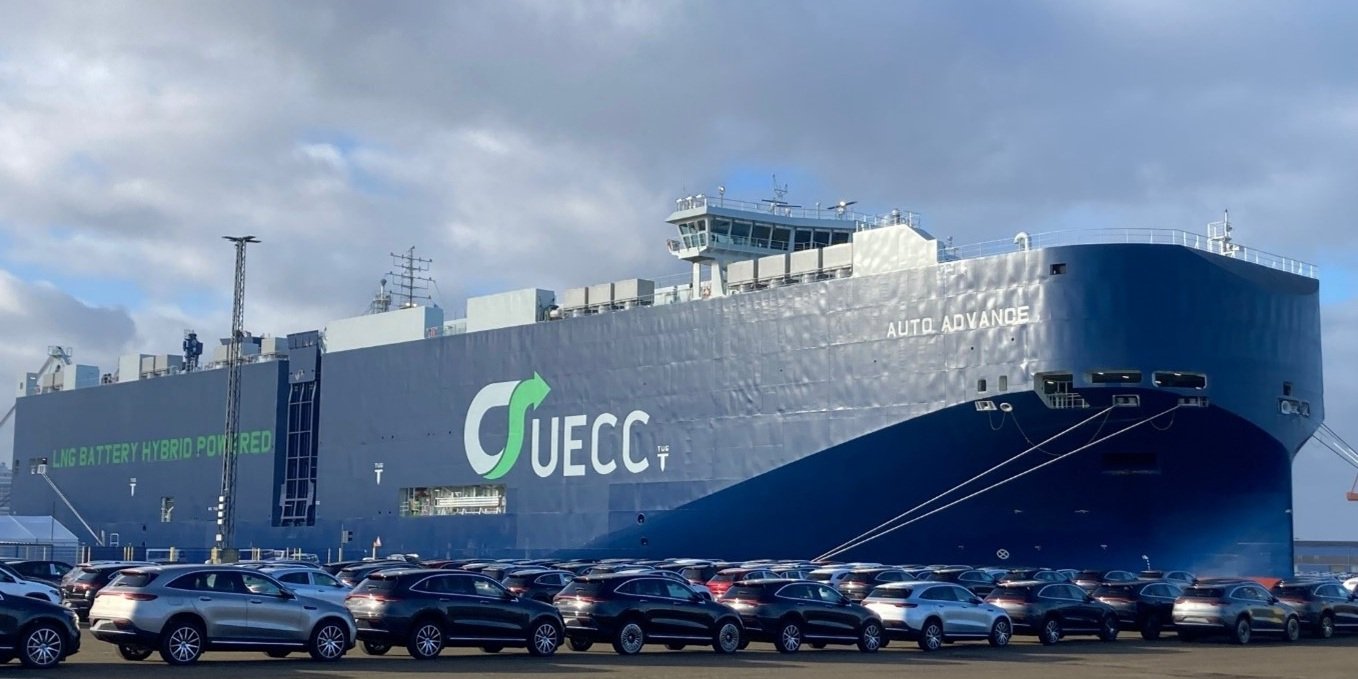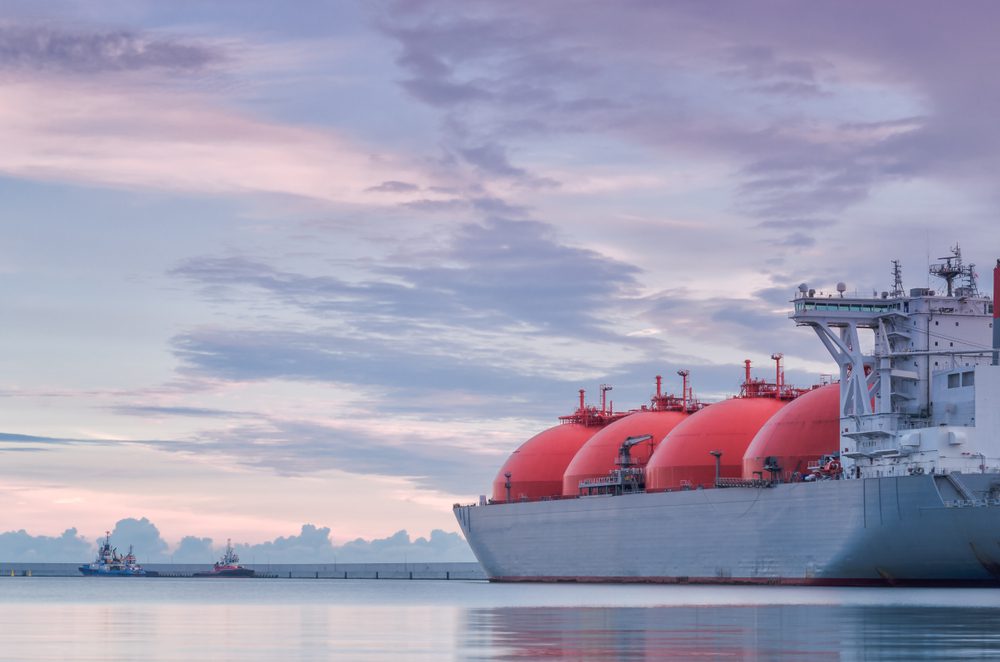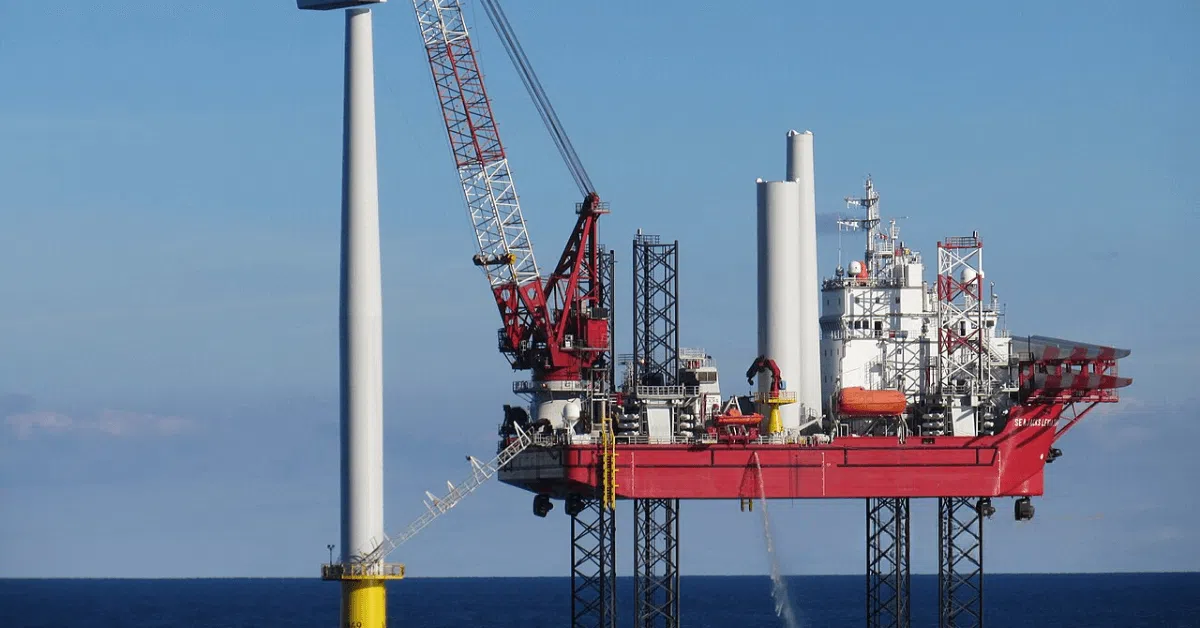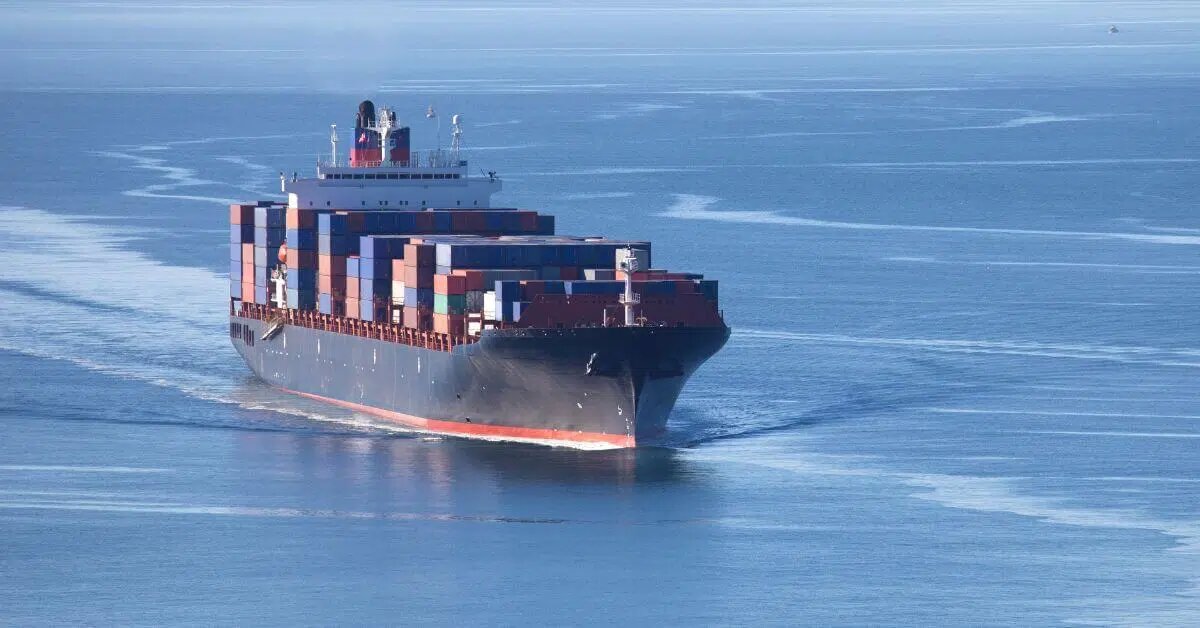Dubai, 13 October (Argus) — Eight core Opec+ producers extended their cautious supply management approach into November, agreeing to raise their collective output ceiling by a modest 137,000 b/d — matching last month’s pace and underscoring the group’s preference for unity and stability in an uncertain market.
The decision, reached on 5 October, reflects a consensus among the core members — Saudi Arabia, Russia, the UAE, Iraq, Kuwait, Algeria, Oman and Kazakhstan — that markets can still absorb the additional supply from the agreed increments. “In view of a steady global economic outlook and current healthy market fundamentals, as reflected in low oil inventories, the eight participating countries decided to implement a production adjustment of 137,000 b/d,” the secretariat said. The modest quota hike fell well short of speculated levels ahead of the meeting, and what markets had priced in.
The decision signalled restraint in the face of diverging outlooks for demand and supply balances over the rest of this year and in 2026. The IEA has projected sizeable surpluses not only in the fourth quarter but also in 2026. Sources told Argus that Saudi oil minister Prince Abdulaziz bin Salman, aiming to dispel further media speculation as the stakes get higher, pointedly asked Russian deputy prime minister Alexander Novak during the meeting whether there had been any discussions or consultations on policy beyond November. He also asked whether their talks had considered any volumes other than the 137,000 b/d increase that was ultimately agreed. Novak told the group that no such consultations had taken place.
But, as has been the case since the group began unwinding its cuts in April, the actual production increase in November is likely to fall short of the headline 137,000 b/d rise. This is primarily down to compensation obligations for past overproducers, but also potentially because of upstream and midstream bottlenecks in some member countries, including Russia. Swiss bank UBS estimates that actual additions to the market from the November increment will amount to only 60,000–70,000 b/d.
Production by Opec+ members with targets rose by 700,000 b/d to 36.16mn b/d in September, according to Argus estimates (see table). The group of eight accounted for all of this rise, with their output climbing by 760,000 b/d last month, led by Saudi Arabia and Russia.
The core group appears intent on maintaining ambiguity over production guidance beyond the coming month, as it did at its meeting in September, in line with its flexible approach to market management and its group cohesion-first policy. But geopolitical uncertainties and China’s stockpiling are adding layers of complexity.
RBC Capital Markets notes that Beijing’s ongoing reserve accumulation is increasingly tied to contingency planning for possible supply disruptions or conflict scenarios, rather than purely commercial motives. And China’s storage expansion — which will add an estimated 169mn bl in 2026 — is seen as a key price-supporting factor in an otherwise bearish market, US bank Citi says. Volumes of oil at sea are also the highest in around 10 years, based on monthly averages, Kpler data show, while OECD inventories still indicate tightness.
But how the Opec+ debate unfolds in the coming months will hinge on whether the anticipated 2025–26 surplus materialises. As the group continues its incremental cuts unwinding, questions around spare-capacity erosion are expected to grow louder. Argus estimates total Opec+ spare production capacity at about 5mn b/d, compared with secondary sources’ August output figures, most of it held by Saudi Arabia and, to a lesser extent, the UAE.
By Bachar Halabi, Nader Itayim and Aydin Calik




